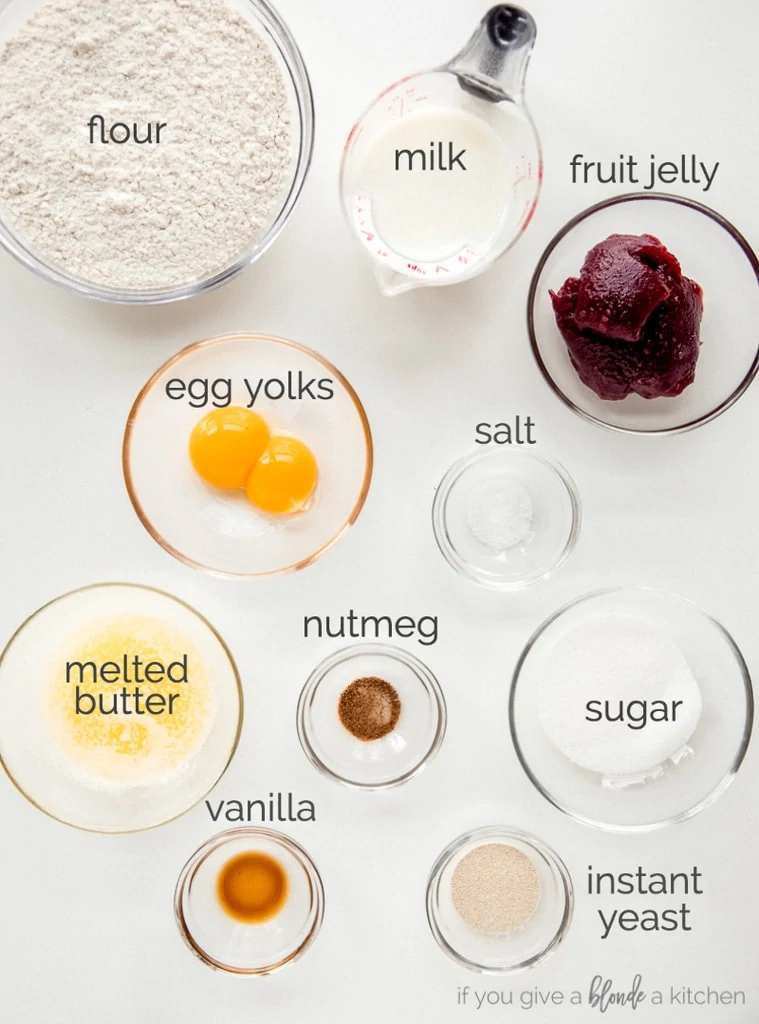Introduction
Donuts, also known as doughnuts, are a beloved treat enjoyed by people of all ages across the globe. These delightful rings of fried dough come in a variety of flavors, shapes, and toppings, making them a versatile and irresistible indulgence. In this article, we'll delve into the fascinating world of donuts, exploring their history, ingredients, preparation methods, and the endless possibilities for customization. So, grab a cup of coffee and join us on a mouthwatering journey through the enchanting world of donuts!
A Historical Overview:
- Delving into the rich history of donuts, from their humble beginnings to their evolution into a beloved global indulgence.
1.The Dutch Connection:
- Tracing the origins of donuts to Dutch settlers in America and their traditional pastry known as "olykoeks" or "oily cakes."
1. Evolution of the Modern Donut:
- Exploring how donuts have transformed over time, from simple fried dough to the diverse array of shapes, flavors, and toppings available today.
Ingredients and Preparation
1. Crafting the Perfect Dough:
- Discussing the key ingredients used in donut dough, including flour, sugar, yeast, and eggs, and the techniques involved in making it light and airy.
2. Fry, Glaze, and Enjoy:
- Explaining the process of frying donuts to golden perfection and the art of glazing them with delicious toppings such as chocolate, caramel, or powdered sugar.
3. Specialty Varieties:
- Introducing specialty donut varieties such as cake donuts, filled donuts, and twisted or ring-shaped donuts, each with its own unique texture and flavor profile.
Exploring Flavor Sensations
1. Classic Favorites:
- Highlighting timeless flavors like glazed, chocolate frosted, and cinnamon sugar, which continue to delight donut enthusiasts of all ages.
2. Gourmet Creations:
- Showcasing gourmet donut creations featuring innovative flavor combinations such as maple bacon, matcha green tea, and salted caramel.
3. Seasonal Specialties:
- Celebrating seasonal donut offerings inspired by holidays and occasions, including pumpkin spice for fall, peppermint for winter, and fruity flavors for summer.
The Cultural Impact of Donuts
1. Coffee Shop Staple:
- Discussing the symbiotic relationship between donuts and coffee culture, with many people enjoying them as a delicious accompaniment to their morning brew.
2. Iconic Symbols:
- Exploring how donuts have become iconic symbols in popular culture, appearing in movies, television shows, and literature as representations of indulgence and comfort.
3. Global Appreciation:
- Recognizing the universal appeal of donuts, which transcends borders and cultures, with each region adding its own unique twist to this beloved pastry.
Conclusion
In conclusion, donuts are more than just a sweet treat; they're a symbol of joy, creativity, and culinary craftsmanship. Whether you prefer classic flavors or daring gourmet creations, there's a donut out there to satisfy every craving and delight every palate. So, the next time you bite into a freshly glazed donut, take a moment to appreciate the rich history and cultural significance behind this beloved pastry.
Frequently Asked Questions (FAQs)
1. Are donuts unhealthy?
While donuts are considered a treat and should be enjoyed in moderation, they can be high in sugar and calories. Opting for smaller portions or healthier alternatives, such as baked donuts or those made with whole grains, can help mitigate their impact on your diet.
2. What is the best way to store donuts?
To keep donuts fresh, store them in an airtight container at room temperature for up to two days. For longer storage, freeze them in a sealed bag and reheat them in the oven or microwave before serving.
3. Can I make donuts at home?
Yes, making donuts at home is possible with the right recipe and equipment. There are many recipes available online for homemade donuts, ranging from classic yeast-raised to baked varieties.
4. Are there vegan or gluten-free options for donuts?
Yes, there are many vegan and gluten-free donut recipes available that use alternative ingredients such as almond flour, coconut milk, or flaxseed meal. These recipes allow individuals with dietary restrictions to enjoy donuts without compromising on taste or texture.
5. What is the origin of the hole in the center of donuts?
The hole in the center of donuts is said to have been created by a New England sea captain named Hanson Gregory in the 19th century. Legend has it that he punched a hole in the center of his fried dough to ensure it cooked evenly, thus inventing the modern-day don



